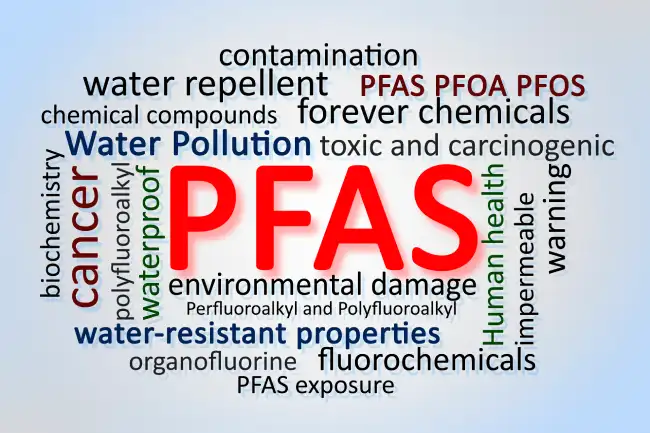5 Ways to Ensure Your Radiation Exposure PPE Is Up to Snuff
Radiologically active sites in hospitals present a unique challenge to employees and safety professionals for a variety of reasons. First, radiation exposure is very hard to keep track of without the use of a dosimeter, and even these common tools can be misleading. Second, many current exposure mitigation methods and radiation safety practices in hospitals and labs across the country are insufficient, which puts workers at risk every day. With these points in mind, let’s look at some ways that healthcare institutions can improve their radiation protection using PPE quickly and easily.
Don’t Stop with Lead Aprons
Many hospitals are still under the impression that a lead apron will be plenty to shield employees from the harmful effects of radiation exposure, but the truth is that this is only a starting point for a comprehensive PPE program. A lead apron can still leave employees susceptible to radiation exposure, especially in a dynamic environment like an x-ray room or PET scanning area. Some other options for more comprehensive lead-based radiation protection and radiation safety include:
- Lead plated glass panels
- Lead lined coolers or boxes for radioactive drugs and materials
- Lead collars for thyroid protection
- Lead strips for those conducting fluoroscopy procedures
Double Glove
Much like routine handwashing saved more lives than arguably any other public health advancement, simple measures like doubling up on nitrile or latex gloves can do a lot to prevent radiation exposure. This second layer of material can be just enough to protect your employees from the short term radiation risks of quickly handling a radioactive pill or fluorescent tracer, for example.
An Extra Badge Never Hurt
Especially when radiation can come from multiple sources or in multiple different scenarios, having employees wear an extra film badge will be an effective way to make sure that all routes of exposure are covered in all circumstances. For those working behind a safety cabinet or fume hood, a film ring can be a useful extra measure to make sure that your employees are covered 360 degrees.
Learn When to Use a Respirator
Radiation-proof respirators are one form of PPE that is rarely used but extremely effective and useful if used in the proper settings. Signs that a respirator may be beneficial for members of your team include if radioactive aerosols are commonly used in labs or you've noticed consistently high-dosimeter readings at the chest or neck level. Luckily, it’s pretty easy to pick out a radiation-proof respirator, since respirator canisters that filter radiation can be picked out by their characteristic, OSHA-mandated purple color.
Goggles
Another easy way to beef up your employees’ PPE is by encouraging the use of goggles in potentially radioactive areas. Full-sealed models with lead-glass lenses are typically considered the gold standard in the industry, but a regular face shield can do the job when exposure is minimal and intermittent.
Learn more about our radiation safety services here.






